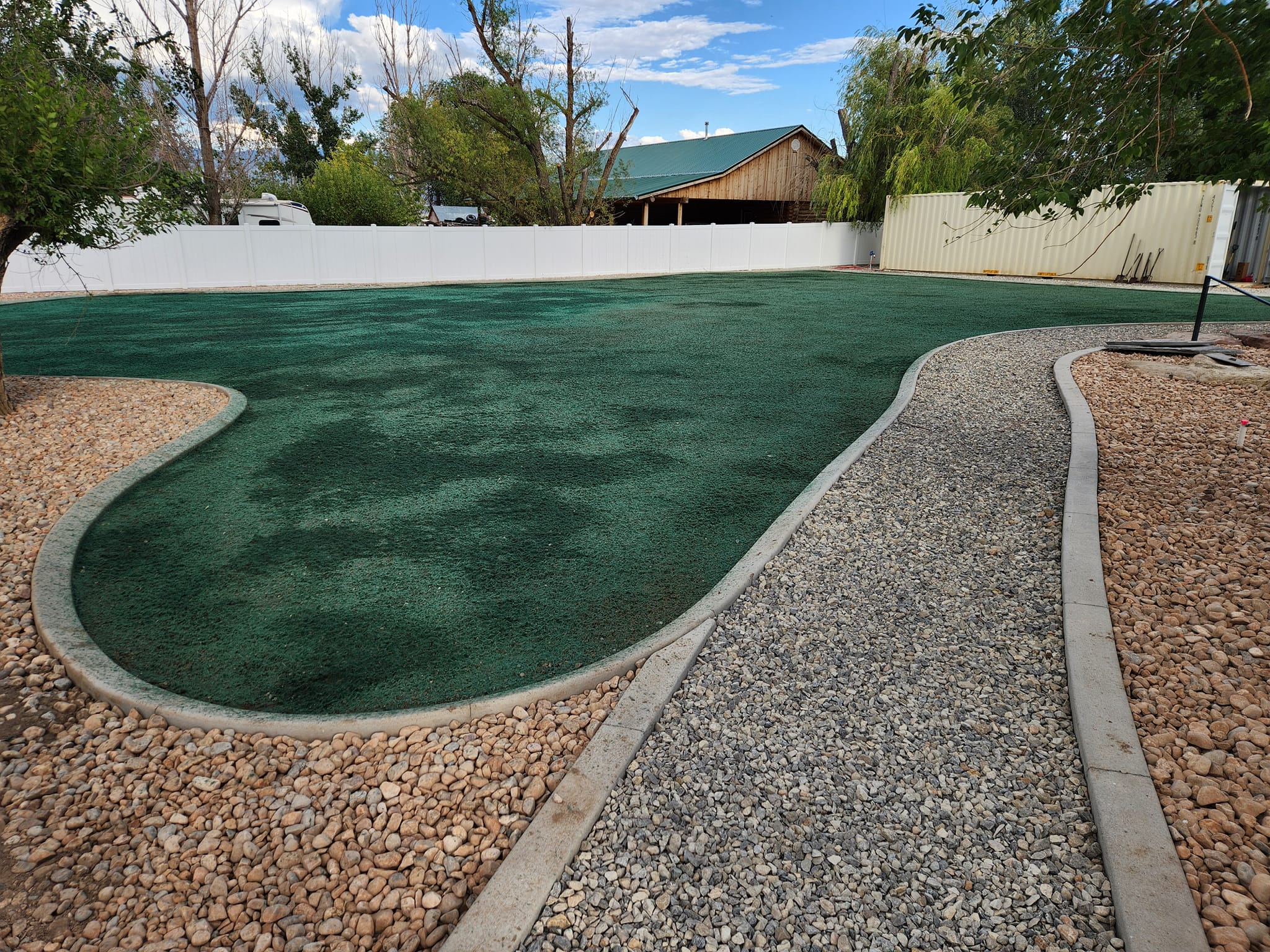
The Role of Hardscaping in Water Conservation: Smart Solutions for Your Garden Sep 04, 2025
Hardscaping can play a vital role in reducing water usage by replacing parts of your traditional lawn or garden with features that require little to no irrigation. For example, patios, pathways, and retaining walls are excellent alternatives to grass lawns, which typically consume significant amounts of water. By reducing grassy areas, you directly cut down on the water needed for irrigation—a substantial contribution to water conservation.
Moreover, hardscape designs can be strategically implemented to manage water more effectively within your garden. By creating permeable surfaces, you can allow rainwater to seep through and nourish the surrounding soil, instead of letting it run off into storm drains. Materials like permeable pavers are ideal for constructing driveways and walkways; they support water infiltration and reduce erosion, contributing to the overall health of your landscape.
Another innovative hardscaping feature that promotes water conservation is the use of rain gardens. These gardens are strategically placed to collect runoff from roofs and walkways, ensuring the water is absorbed by deep-rooted plants chosen for their ability to thrive with minimal maintenance. By channeling stormwater effectively, rain gardens prevent unnecessary wastage and help keep plants hydrated naturally.
Incorporating mulch in your hardscape design is another effective practice. Mulch acts as a barrier, retaining moisture in the soil and reducing the need for frequent watering. It also protects plant roots from extreme temperatures, promoting healthy and resilient garden plants. Given its dual benefits, mulch is an essential element in sustainable landscaping.
Customization is key when designing a hardscape plan that supports water conservation. Homeowners should consider blending various materials and features to create a garden that reflects personal style while remaining eco-friendly. Employing native plants that are adapted to the local climate and require minimal water is a wise choice in complementing hardscaped areas. These plants thrive naturally with local weather conditions, reducing reliance on irrigation.
In addition to conserving water, integrating hardscaping into your outdoor space can substantially increase the aesthetic appeal and functionality of your garden. Well-planned hardscape designs create a harmonious blend of utility and beauty, offering outdoor living spaces that can be enjoyed year-round.
The potential for hardscaping to contribute to water conservation is immense. By transforming parts of your garden using strategic hardscaping solutions, you can significantly reduce your water usage, contributing positively to environmental conservation efforts. Green Scapes Landscaping is dedicated to helping you develop a sustainable garden through innovative hardscaping solutions. Whether you're looking to install permeable pathways or create a stunning rain garden, our experts can guide you in designing an outdoor space that meets your needs and supports ecological health.
In conclusion, as we strive to become more eco-conscious, the role of hardscaping in water conservation cannot be understated. By utilizing a combination of innovative designs and sustainable practices, homeowners can enjoy beautiful garden spaces that respect and preserve natural resources. Embrace the power of hardscaping today and make a lasting impact on water conservation.
/filters:no_upscale()/media/e6cfbcac-e222-4b30-8356-0fbae58f8c64.png)
/filters:no_upscale()/filters:format(webp)/media/6edac668-f894-45fc-ad31-ac75c87473b4.jpeg)